Home>Garden Essentials>How To Prevent Slime In A Pet Water Fountain
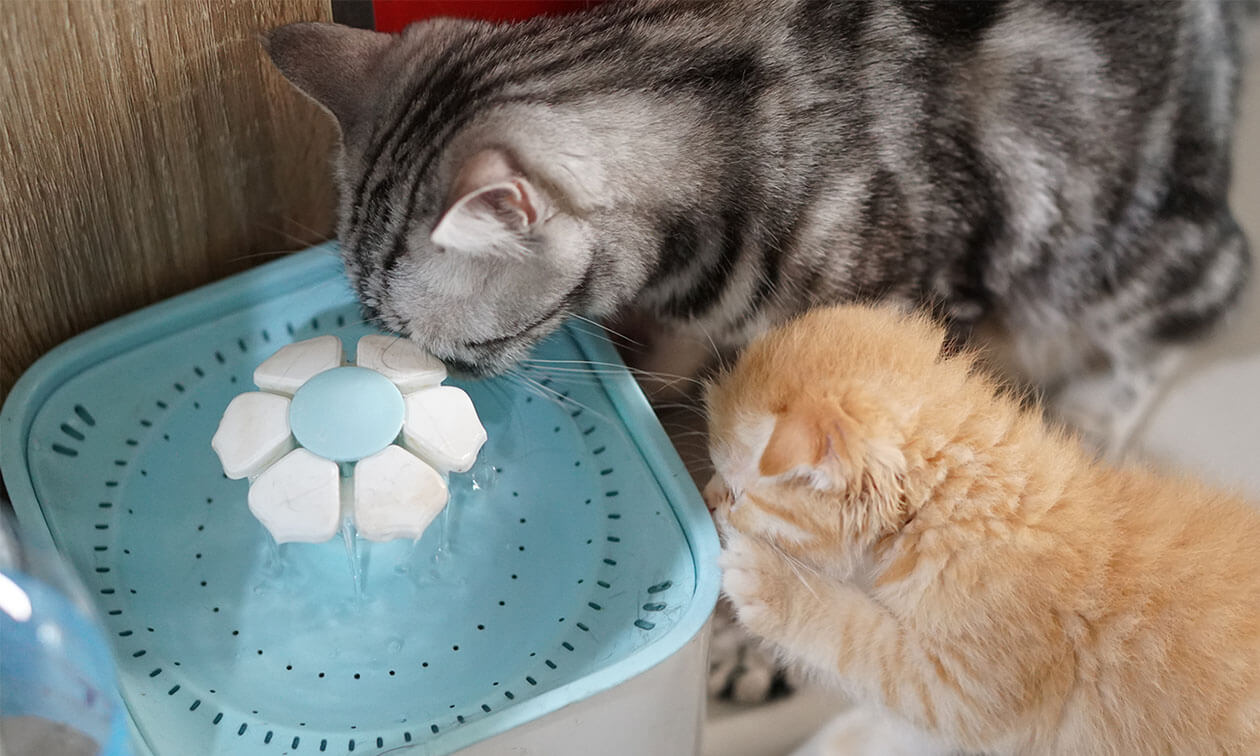

Garden Essentials
How To Prevent Slime In A Pet Water Fountain
Modified: March 16, 2024
Looking for ways to prevent slime in your pet water fountain? Check out our expert tips for maintaining a clean and hygienic garden water fountain for your furry friends.
(Many of the links in this article redirect to a specific reviewed product. Your purchase of these products through affiliate links helps to generate commission for Storables.com, at no extra cost. Learn more)
Introduction
Welcome to the world of pet ownership, where ensuring the health and well-being of our furry friends takes center stage. One crucial aspect of pet care is providing them with clean drinking water. Pet water fountains have gained popularity as they offer a continuous supply of fresh water to keep our pets hydrated throughout the day. However, these convenient devices can sometimes become a breeding ground for slime and bacteria if not properly maintained.
Slime in a pet water fountain is not only unappealing but can also pose health risks to your beloved pets. The slimy film can harbor harmful bacteria, algae, and other microorganisms that may cause illness or digestive issues. As responsible pet owners, it’s essential to understand the causes of slime build-up and learn effective methods to prevent it.
In this article, we will explore the common causes of slime in pet water fountains and provide valuable tips to keep your pet’s fountain clean and free from slimy residue. By following these preventive measures, you can ensure that your furry companion always has access to clean and fresh water.
Key Takeaways:
- Regular cleaning and using vinegar solution can prevent slime build-up in pet water fountains, ensuring clean and safe drinking water for your furry friends.
- Choosing the right materials and seeking professional help when needed can help maintain a clean and hygienic pet water fountain, promoting your pet’s health and well-being.
Understanding Slime in Pet Water Fountains
Slime in pet water fountains refers to the slimy film or residue that can develop on the surfaces of the fountain, including the bowl, pump, and filters. This slimy substance is typically a combination of bacteria, algae, and other microorganisms that thrive in moist environments.
One of the primary factors contributing to slime formation is the presence of organic matter in the water. When pets drink from the fountain, drool, food particles, and even hair can end up in the water. Over time, these organic materials break down and provide a nutrient-rich environment for bacteria and algae to flourish.
In addition, stagnant water and exposure to sunlight can also promote the growth of slime in pet water fountains. The warmth and nutrients from sunlight create an ideal breeding ground for bacteria and algae. This is particularly true for outdoor fountains that are exposed to the elements.
It’s important to address slime build-up promptly as it can affect the quality of the water and compromise your pet’s health. Regular cleaning and maintenance are crucial to prevent the growth of slime and ensure that the water remains clean, fresh, and free from any potentially harmful microorganisms.
Now that we have a better understanding of what causes slime in pet water fountains, let’s explore some effective ways to prevent it and keep your pet’s fountain clean and hygienic.
Common Causes of Slime Build-up
To effectively prevent and tackle slime build-up in pet water fountains, it’s essential to understand the common causes that contribute to its formation. By addressing these causes, you can take proactive measures to keep your pet’s fountain clean and slime-free:
- Organic Matter: The presence of organic matter, such as drool, food particles, and pet hair, provides nutrients for bacteria and algae to thrive. Regular cleaning and removing any debris from the fountain can help prevent slime formation.
- Stagnant Water: Water that sits stagnant for extended periods promotes the growth of bacteria and algae. It’s important to ensure a continuous flow of water in the fountain or regularly change the water to prevent the water from becoming stagnant.
- Exposure to Sunlight: Sunlight can accelerate the growth of bacteria and algae in the fountain. If your fountain is placed outdoors, consider positioning it in a shaded area to reduce exposure to direct sunlight.
- Water Quality: Poor water quality, such as high mineral content or chlorinated water, can contribute to slime build-up. Using filtered or purified water can help maintain a cleaner fountain.
- Fountain Design: Some fountain designs may have hard-to-reach areas or intricate parts that are difficult to clean thoroughly. Choosing a fountain with a simple and accessible design can make cleaning and maintenance more manageable.
By addressing these common causes, you can significantly reduce the likelihood of slime formation in your pet’s water fountain. Regular cleaning, ensuring water flow, and maintaining optimal water quality are key steps in preventing slime build-up.
Importance of Preventing Slime
Preventing slime build-up in your pet’s water fountain is not just about maintaining its cleanliness and appearance. There are several important reasons why you should prioritize preventing slime:
- Promoting Hygiene and Health: Slime in a pet water fountain can harbor harmful bacteria, algae, and other microorganisms. When your pet drinks water contaminated with these microorganisms, it can lead to digestive issues, infections, and other health problems. By preventing slime, you ensure that your pet has access to clean and safe drinking water.
- Preventing Unpleasant Odors and Tastes: Slime build-up can cause the water in the fountain to develop unpleasant odors and tastes. This can discourage your pet from drinking an adequate amount of water, leading to dehydration or other health issues. By maintaining a slime-free fountain, you ensure that the water remains fresh and appealing to your pet’s senses.
- Extending the Lifespan of the Fountain: The accumulation of slime and bacteria can deteriorate the materials of the fountain over time. This can lead to corrosion, clogging of filters and pump, and reduced functionality of the fountain. By preventing slime, you help prolong the lifespan of the fountain, saving you money on frequent replacements.
- Peace of Mind: As a pet owner, your priority is the well-being and happiness of your furry companion. Knowing that you’ve taken preventive measures to ensure a clean and hygienic water source for your pet provides peace of mind. It allows you to focus on other aspects of pet care, knowing that your pet’s water needs are being met.
By understanding the importance of preventing slime in your pet’s water fountain, you can establish good cleaning and maintenance habits. With a clean and slime-free fountain, your pet can enjoy both the physical and mental benefits of having access to fresh and clean drinking water.
Cleaning and Maintenance Tips
Maintaining a clean and slime-free water fountain for your pet is essential to ensure their health and well-being. Here are some effective cleaning and maintenance tips to keep your pet’s water fountain in optimal condition:
- Regular Cleaning Schedule: Create a routine for cleaning the fountain. Aim to clean it at least once a week, or more frequently if needed. Regular cleaning helps prevent slime build-up and keeps the fountain in a hygienic condition.
- Using Vinegar Solution: Vinegar is a natural and effective cleaning agent. Use a mixture of equal parts white vinegar and water to scrub the fountain. Vinegar helps break down slime, remove odors, and disinfect the surfaces of the fountain.
- Scrubbing and Rinsing: Use a soft-bristle brush to scrub the surfaces of the fountain, including the bowl, pump, and any other removable parts. Rinse the fountain thoroughly to remove any residue or cleaning solution before refilling it with fresh water.
- Cleaning Filters and Pump: Follow the manufacturer’s instructions to clean and maintain the filters and pump of the fountain. Replace filters as recommended and clean the pump regularly to ensure proper water flow and prevent clogs.
- Proper Water Replacement: Empty and refill the water fountain with fresh water regularly. Stagnant water promotes the growth of slime and bacteria. Consider using a water fountain with a larger capacity if your pet drinks a lot of water, to minimize the frequency of water replacement.
- Avoiding Food Contamination: Keep the pet water fountain away from their food bowls. Food particles can end up in the water, leading to slime and bacterial growth. Placing the fountain in a separate area can help prevent contamination.
- Monitoring Water Quality: Regularly check the water quality for any signs of discoloration, odor, or debris. If you notice any abnormalities, empty and clean the fountain immediately and consider using filtered or purified water.
- Choosing the Right Fountain Materials: Opt for a water fountain made of materials that are easy to clean and resistant to slime build-up. Stainless steel or ceramic fountains are recommended as they are less likely to develop cracks or crevices where slime can accumulate.
- UV Sterilization and Filtration Systems: Consider using a fountain that incorporates UV sterilization or filtration systems. These technologies help eliminate bacteria and keep the water clean and free from slime.
- Seeking Professional Help: If you are unsure about the cleaning process or if your pet water fountain requires professional maintenance, consult the manufacturer’s guidelines or seek the assistance of a pet fountain specialist.
By following these cleaning and maintenance tips, you can ensure that your pet’s water fountain remains clean, fresh, and slime-free. Your pet will have access to a reliable and hygienic water source, promoting their health and well-being.
Read also: 12 Amazing Pet Water Fountain For 2024
Regular Cleaning Schedule
Establishing a regular cleaning schedule is crucial to prevent slime build-up and maintain a clean and hygienic pet water fountain. Here’s how you can create an effective cleaning routine:
- Frequency: Aim to clean the water fountain at least once a week. However, depending on various factors such as the number of pets, the fountain’s size, and the quality of the water, you may need to clean it more frequently. Observe the condition of the fountain and adjust the cleaning schedule accordingly.
- Emptying the Fountain: Start the cleaning process by emptying the remaining water from the fountain. Carefully remove any removable parts, such as the bowl, filters, and pump, as per the manufacturer’s instructions.
- Disassembling the Fountain: Disassemble the fountain into its different components for thorough cleaning. This allows you to clean hard-to-reach areas and ensure that all surfaces are free from slime and debris.
- Cleaning the Components: Use a mixture of equal parts white vinegar and water as a natural cleaning solution. Scrub the bowl, pump, filters, and any other removable parts with a soft-bristle brush. Pay special attention to areas where slime or debris may accumulate.
- Rinsing: Once you’ve finished scrubbing the components, rinse them thoroughly under clean running water. Ensure that all traces of the vinegar solution and any remaining debris are removed.
- Cleaning the Fountain Base: Clean the base of the fountain, including the housing for the pump, with a damp cloth or sponge. Wipe away any slime, dirt, or residue that may have accumulated.
- Drying: Allow all the components of the fountain to air dry completely before reassembling. This helps prevent the growth of mold or bacteria during storage or when the fountain is next in use.
- Refilling: Once the fountain and its components are completely dry, reassemble them according to the manufacturer’s instructions. Fill the fountain with fresh, clean water, ensuring that it reaches the appropriate fill line. Avoid overfilling, as it may lead to spillage or water leakage.
By following a regular cleaning schedule and ensuring that all the components are thoroughly cleaned and dried, you can maintain a slime-free pet water fountain. This promotes the health and well-being of your pets by providing them with a clean and hygienic water source.
Using Vinegar Solution
A vinegar solution is a natural and effective cleaning agent that can help eliminate slime and sanitize your pet water fountain. Here’s how you can use a vinegar solution to clean your fountain:
- Mixing the Solution: Create a cleaning solution by mixing equal parts of white vinegar and water in a container. For example, you can mix one cup of vinegar with one cup of water. This mixture is gentle yet powerful enough to break down slime and remove any odors.
- Disassembling the Fountain: Start by carefully disassembling your pet water fountain. Detach any removable parts, such as the bowl, filters, and pump, following the manufacturer’s instructions.
- Soaking the Components: Place the removable components in a container filled with the vinegar solution. Ensure that the components are fully submerged in the solution. Let them soak for at least 30 minutes to allow the vinegar solution to break down the slime and loosen any debris.
- Scrubbing the Components: After the components have soaked, remove them from the vinegar solution. Use a soft-bristle brush or sponge to scrub away any remaining slime or debris. Pay close attention to areas where slime tends to accumulate, such as crevices or hard-to-reach spots.
- Rinsing Thoroughly: Rinse the components under clean running water to remove any traces of the vinegar solution and loosened slime. Ensure that all surfaces are thoroughly rinsed and free from residue.
- Cleaning the Fountain Base: While the components are being rinsed, take a damp cloth or sponge and wipe down the base of the fountain, including the housing for the pump. This helps remove any slime or residue that may have accumulated.
- Drying: Allow all the components, as well as the fountain base, to air dry completely. Place them on a clean towel or drying rack in a well-ventilated area. Ensuring that everything is dry before reassembling helps prevent the growth of mold or bacteria.
- Reassembling and Refilling: Once all the components are dry, reassemble the fountain according to the manufacturer’s instructions. Fill the fountain with fresh, clean water, making sure not to overfill. Check that all connections are secure to prevent water leakage.
Using a vinegar solution to clean your pet water fountain is a natural and cost-effective method. Vinegar’s acidity helps break down slime, disinfect the surfaces, and eliminate odors, leaving your fountain clean and hygienic for your furry friend.
Scrubbing and Rinsing
When it comes to maintaining a clean and slime-free pet water fountain, scrubbing and rinsing are key steps in the cleaning process. Here’s how you can effectively scrub and rinse your fountain’s components:
- Disassembling the Fountain: Begin by carefully disassembling the pet water fountain. Remove any removable parts, such as the bowl, filters, and pump, following the manufacturer’s instructions.
- Scrubbing the Components: Using a soft-bristle brush or sponge, carefully scrub the surfaces of each component. Pay special attention to areas where slime and debris tend to accumulate, such as crevices or filters. Apply gentle pressure to ensure thorough cleaning without causing damage to the materials.
- Rinsing: After scrubbing, thoroughly rinse each component under clean running water. This step is important to remove any loosened slime, debris, or cleaning solution residue. Ensure that all surfaces are rinsed completely to leave no traces behind.
- Bowl and Pump Cleaning: Focus on scrubbing the bowl and pump, as they are likely to have more slime and debris. Scrub the interior and exterior of the bowl to remove all build-up. Pay attention to the pump’s intake and impeller, as these areas can accumulate slime and affect the water flow. Use a small brush or pipe cleaner to dislodge any stubborn residues.
- Checking for Lingering Residues: After rinsing, inspect each component to ensure there are no lingering residues or slime. Run your fingers along the surfaces to check for any sliminess. If you spot any, repeat the scrubbing and rinsing steps until the components are completely clean.
- Drying: Once all the components have been thoroughly scrubbed and rinsed, allow them to air dry completely. Place them on a clean towel or drying rack in a well-ventilated area. This step is important to prevent the growth of mold or bacteria during storage or when the fountain is reassembled.
- Reassembling and Refilling: Once all the components are dry, carefully reassemble the pet water fountain according to the manufacturer’s instructions. Make sure that all connections are secure. Fill the fountain with fresh, clean water, ensuring it reaches the appropriate fill line. Avoid overfilling to prevent spillage or water leakage.
By scrubbing and rinsing each component thoroughly, you can remove slime, debris, and other build-up, ensuring a clean and hygienic pet water fountain. Regular scrubbing and rinsing will help maintain the fountain’s functionality and provide your pet with a continuous supply of fresh and clean drinking water.
Regularly clean and disinfect the pet water fountain to prevent slime buildup. Use a pet-safe cleaning solution and follow the manufacturer’s instructions for maintenance.
Cleaning Filters and Pump
To ensure the proper functioning of your pet water fountain, it’s important to clean the filters and pump regularly. Here’s how you can clean these essential components effectively:
- Filter Removal: Start by carefully removing the filters from the pet water fountain. Refer to the manufacturer’s instructions to ensure proper handling.
- Filter Inspection: Take a close look at the filters to assess their condition. If the filters are disposable, follow the manufacturer’s recommendations for replacement. If the filters are reusable, check for any visible debris, slime, or discoloration.
- Filter Cleaning: If the filters are reusable, rinse them under clean running water to remove any loose debris or slime. Use a soft brush or sponge to gently scrub away any stubborn residue. Be thorough but gentle to avoid damaging the filters.
- Pump Disconnection: Disconnect the pump from the fountain according to the manufacturer’s instructions. In some cases, the pump may have removable parts that need to be disassembled for cleaning.
- Pump Inspection: Examine the pump for any visible slime, debris, or clogs. Check the intake and impeller for any obstructions that could affect water flow.
- Pump Cleaning: Clean the pump using a soft brush or sponge and a mild detergent if necessary. Gently scrub the exterior and interior surfaces to remove any build-up. Ensure that all areas, especially the intake and impeller, are free from slime and debris.
- Rinsing: Once the pump and filters have been thoroughly cleaned, rinse them under clean running water to remove any cleaning solution residue or loosened slime.
- Drying: Allow the filters and pump to air dry completely before reassembling them with the rest of the pet water fountain. Place them on a clean towel or drying rack in a well-ventilated area. Ensure that all components are completely dry to prevent the growth of mold or bacteria.
- Reconnection and Refilling: Reconnect the pump to the appropriate components of the pet water fountain as per the manufacturer’s instructions. Ensure that all connections are secure and tight. Fill the fountain with fresh, clean water, making sure not to overfill.
Regularly cleaning the filters and pump of your pet water fountain is essential to maintain optimal water flow and ensure a clean and hygienic drinking experience for your furry friend. By following these steps, you can help prolong the life of these components and prevent the accumulation of slime and debris.
Proper Water Replacement
Proper water replacement is crucial to maintaining a clean and hygienic pet water fountain. Here’s how you can ensure that the water is regularly replaced and remains fresh:
- Frequency: Aim to replace the water in the pet water fountain at least once a day. This ensures that your pet always has access to clean and fresh water.
- Monitoring Water Level: Regularly check the water level in the fountain and refill as needed. Pets may drink varying amounts of water, so it’s important to keep the water level at an appropriate level to meet their hydration needs.
- Emptying the Fountain: When it’s time to replace the water, empty the old water from the fountain. Discard the water in a suitable area, away from any plants or delicate surfaces, to prevent any potential contamination.
- Cleaning the Bowl: While the fountain is empty, take the opportunity to clean the bowl. Use a mild detergent or a vinegar solution to scrub the bowl thoroughly. Rinse it well to ensure there is no residue left.
- Refilling with Fresh Water: Fill the fountain with fresh, clean water. Avoid overfilling the fountain, as it may lead to spillage or water leakage. Ensure that the water level is appropriate for your pet’s size and drinking preferences.
- Water Quality: The quality of the water used in the pet water fountain is also important. If your tap water contains high mineral content or chlorine, consider using filtered or purified water. This will help maintain a clean and fresh environment for your pet.
- Regular Monitoring: Keep an eye on the water in the fountain throughout the day. If you notice any changes in color, odor, or the presence of debris, empty and clean the fountain immediately. Regular monitoring helps ensure your pet receives clean and safe water.
- Additional Considerations: In hot weather or if your pet is particularly active, you may need to replace the water more frequently to prevent bacteria growth. Assess your pet’s water consumption patterns and adjust the replacement frequency as needed.
By following these guidelines for proper water replacement, you can provide your pet with a continuous supply of fresh and clean water. Regularly replacing the water helps prevent the accumulation of slime, bacteria, and debris, ensuring that your beloved pet stays hydrated and healthy.
Avoiding Food Contamination
Preventing food contamination in your pet water fountain is essential for maintaining a clean and healthy environment. Here are some tips to help you avoid food contamination:
- Separate Feeding Area: Keep your pet’s food bowls and water fountain in separate areas. Placing them apart reduces the chances of food particles falling into the water and causing contamination.
- Positioning: Place the water fountain away from your pet’s feeding area to minimize the risk of food ending up in the water unintentionally. Choose a location that is convenient for your pet to access, but at a sufficient distance from their food source.
- Observing Mealtime Behavior: Observe your pet’s behavior during mealtime. Some pets may have a habit of dipping their paws or dropping food into the water. If you notice such behavior, consider using a splash guard or a tray under the food bowl to catch any spills and prevent them from reaching the water fountain.
- Feeding Schedule: Establish a consistent feeding schedule for your pet. By providing regular meals and feeding them in a controlled manner, you can reduce the chances of food contamination in the water fountain.
- Clean Eating Area: Keep the feeding area clean and tidy. Regularly clean up any spilled food or debris to prevent it from finding its way into the water.
- Pet Behavior Training: Train your pet to associate their food area with mealtime only. Encourage them to eat their food directly from the bowl instead of carrying it around or dropping it into the water.
- Use Elevated Food Bowls: Elevated food bowls can help minimize the risk of food particles falling into the water. These types of bowls keep the food at a higher level, reducing the chance of spills or accidental contamination.
- Regular Cleaning: Stick to a regular cleaning routine for the pet water fountain. Cleaning the fountain regularly ensures that any accidental food contamination is promptly addressed, preventing the growth of bacteria or slime.
- Close Supervision: Monitor your pet’s behavior around the water fountain and intervene if necessary. If you notice any signs of food being dropped or if your pet shows a tendency to play with the water or food, address it immediately to prevent contamination.
By taking these preventive measures, you can reduce the risk of food contamination in your pet water fountain and maintain a clean and healthy water source for your beloved companion.
Monitoring Water Quality
Regularly monitoring the water quality in your pet water fountain is crucial to ensure that your pet has access to clean and safe drinking water. Here’s how you can effectively monitor the water quality:
- Visual Inspection: Regularly visually inspect the water in the fountain for any signs of discoloration, cloudiness, or floating debris. These can indicate potential water quality issues that need to be addressed.
- Odor Check: Take a moment to smell the water in the fountain. If there is a strong or unpleasant odor, it may indicate bacterial growth or contamination.
- Testing Kits: Consider using water testing kits designed for pet water fountains. These kits can help measure the pH level, mineral content, and bacteria levels in the water, providing a more accurate assessment of water quality.
- Water Clarity: The water in the fountain should be clear and free from any sediment or particles. If you notice cloudiness or floating debris, it’s an indication that the water may require immediate attention.
- Unusual Behavior: Keep an eye on your pet’s behavior after drinking water from the fountain. If they show signs of gastrointestinal distress or appear to be avoiding the water, it may be an indication of poor water quality or contamination.
- Regular Cleaning: Maintain a consistent cleaning schedule for the pet water fountain to prevent the build-up of slime, algae, or bacteria. Regular cleaning helps ensure better water quality and reduces the risk of contamination.
- Water Replacement: Regularly replace the water in the pet water fountain to keep it fresh and clean. Stagnant water can promote the growth of bacteria and algae, negatively impacting water quality.
- Filtered or Purified Water: Consider using filtered or purified water to fill the fountain. These sources can help reduce potentially harmful minerals or contaminants, improving the overall water quality.
- Outdoor Fountains: If you have an outdoor pet water fountain, pay extra attention to water quality. Outdoor fountains are more susceptible to environmental factors such as dust, debris, and outdoor contaminants. Regularly clean and monitor the water quality to ensure its safety.
- Prompt Action: If you notice any abnormalities in the water quality, take immediate action. Empty and clean the fountain thoroughly, and consider seeking advice from a veterinarian or pet water fountain specialist if necessary.
By monitoring the water quality in your pet water fountain regularly, you can ensure that your pet has access to clean and safe drinking water. This promotes their health, reduces the risk of illness, and ensures their overall well-being.
Choosing the Right Fountain Materials
Choosing the right materials for your pet water fountain is essential for easy maintenance, durability, and prevention of slime build-up. Here are some factors to consider when selecting the materials:
- Stainless Steel: Stainless steel is a popular and highly recommended material for pet water fountains. It is durable, easy to clean, and resistant to slime and bacterial growth. Stainless steel also does not leach harmful substances into the water, ensuring a safe drinking experience for your pet.
- Ceramic: Ceramic fountains are another excellent choice. Ceramic is non-porous and easy to clean, preventing slime build-up. It is also aesthetically pleasing and comes in a variety of designs to suit your preferences and home decor.
- BPA-Free Plastic: If you opt for a plastic fountain, ensure it is made from BPA-free materials. BPA (bisphenol A) is a chemical that can leach into the water and potentially harm your pet’s health. Look for fountains that explicitly state they are BPA-free.
- Smooth Surfaces: Regardless of the material, choose a fountain with smooth surfaces. Smooth surfaces are easier to clean and less likely to accumulate slime or bacterial growth. Avoid fountains with textured or rough surfaces that can trap debris and promote slime formation.
- Accessible Design: Consider the design and structure of the fountain. Look for models with minimal crevices, corners, or small parts that are difficult to clean. An accessible and straightforward design makes cleaning and maintenance more manageable, reducing the chances of slime build-up.
- Size and Capacity: Choose a fountain that suits your pet’s size and water needs. If you have multiple pets or a large breed, opt for a larger capacity fountain to ensure an uninterrupted supply of clean water. This helps minimize the frequency of water replacement and reduces the risk of contamination.
- Replaceable Components: Check if the fountain has replaceable components such as filters or pumps. Having easily replaceable parts ensures that you can maintain the functionality and cleanliness of the fountain over time. This allows for efficient and cost-effective maintenance.
- Reviews and Recommendations: Before purchasing a pet water fountain, read reviews and seek recommendations from other pet owners. Their experiences can provide valuable insights into the durability, ease of cleaning, and overall performance of different fountain materials and models.
- Manufacturer’s Recommendations: Follow the manufacturer’s guidelines and recommendations for cleaning and maintenance. Each fountain may have specific instructions tailored to the material used, ensuring you achieve the best results while keeping the fountain free from slime and bacteria.
By choosing the right materials for your pet water fountain, you can ensure easy maintenance, durability, and prevention of slime build-up. The right materials contribute to a clean and hygienic water source for your pet, promoting their health and well-being.
Read more: What Is A Water Fountain
UV Sterilization and Filtration Systems
UV sterilization and filtration systems are advanced features that can greatly enhance the cleanliness and hygiene of your pet water fountain. Here’s how these systems work and why they are beneficial:
- UV Sterilization: UV sterilization systems use ultraviolet light to kill bacteria, viruses, and other microorganisms in the water. The UV light destroys the DNA of these pathogens, rendering them unable to reproduce and causing their demise. UV sterilization is a highly effective method to ensure that the water in the fountain is free from harmful microorganisms.
- Filtration Systems: Filtration systems remove impurities, debris, and contaminants from the water. They can consist of different types of filters, such as activated carbon filters or foam filters, which trap particles and absorb odors, chemicals, and other undesirable substances. These filters help improve the water quality and reduce the chances of slime formation.
- Combined Benefits: When UV sterilization and filtration systems are combined, they provide optimal purification and cleanliness. The UV sterilization effectively kills or neutralizes harmful microorganisms, and the filtration system captures and removes any remaining impurities, ensuring the water is safe and clean for your pet to drink.
- Continuous Treatment: UV sterilization systems typically run continuously, ensuring that any water flowing through the fountain is treated and purified. This continuous treatment helps maintain a consistently clean and hygienic environment within the fountain.
- Reduction in Chemicals: With UV sterilization and filtration systems, there is a reduced need for chemical additives like chlorine to maintain water cleanliness. This is beneficial as it minimizes the exposure of your pet to potentially harmful chemicals and ensures a more natural and chemical-free drinking experience.
- Easy Maintenance: UV sterilization and filtration systems are designed to be low-maintenance. The UV bulbs typically need replacement after a specific period, as recommended by the manufacturer. The filters also require periodic cleaning or replacement, depending on their type. Following the manufacturer’s guidelines will ensure that these systems function optimally and effectively.
- Long-Term Cost Savings: While UV sterilization and filtration systems require an initial investment, they can result in long-term cost savings. By effectively purifying the water, these systems reduce the risk of contamination and slime build-up, leading to less frequent replacement of filters and lower maintenance costs.
- Pet Health Benefits: UV sterilization and filtration systems provide significant health benefits for your pet. By eliminating harmful microorganisms and purifying the water, they help prevent waterborne illnesses and promote your pet’s overall health and well-being.
- Manufacturer Recommendations: Consult the manufacturer’s instructions and recommendations for the UV sterilization and filtration systems in your pet water fountain. They can provide valuable insights on operation, maintenance, and replacement schedules specific to the systems used in your fountain.
UV sterilization and filtration systems offer a reliable and efficient way to ensure clean and safe drinking water for your pet. These advanced features work together to eliminate harmful microorganisms and impurities, providing peace of mind and promoting the health of your furry friend.
Seeking Professional Help
In certain situations, seeking professional help can be beneficial in maintaining the cleanliness and functionality of your pet water fountain. Here’s why and when you may consider involving professionals:
- Complex Issues: If you encounter complex issues with your pet water fountain that you’re unable to resolve on your own, it may be time to seek professional assistance. They have the expertise and knowledge to diagnose and address more intricate problems.
- Manufacturer Support: If your pet water fountain is still under warranty, it’s advisable to contact the manufacturer for assistance. They can guide you on troubleshooting steps or provide solutions specific to the model you own.
- Specialized Services: Some professionals specialize in pet water fountain maintenance and repair. These experts have the tools and experience to handle intricate repairs, replace faulty parts, and conduct thorough cleaning procedures that may not be easily achievable without professional assistance.
- Ensuring Optimal Performance: Professionals can ensure that your pet water fountain is in optimal working condition. They can check and adjust the water flow, test the filtration system, and verify that all components are functioning correctly. This helps guarantee that your pet has constant access to clean and fresh water.
- Efficiency and Time-saving: Professionals can efficiently diagnose and solve any issues with your pet water fountain. Their expertise and familiarity with the equipment can save you time and effort in troubleshooting and researching potential solutions on your own.
- Preventive Maintenance: Seeking professional help for periodic maintenance and servicing of your pet water fountain can help identify any potential issues early on. This proactive approach can prevent more significant problems from arising and extend the lifespan of the fountain.
- Cleaning Services: If you find it challenging to maintain a regular cleaning routine or if you prefer to have a professional handle the deep cleaning of your pet water fountain, hiring a cleaning service experienced in pet fountain care can be a valuable option.
- Peace of Mind: By involving professionals, you can have peace of mind knowing that your pet’s water fountain is in capable hands. They can offer expert advice, guidance, and solutions, ensuring that your pet has access to a clean and reliable water source.
- Personalized Recommendations: Professionals can provide personalized recommendations based on your specific needs and the unique characteristics of your pet water fountain. They can suggest cleaning routines, maintenance schedules, and useful tips to optimize the overall performance and cleanliness of the fountain.
When considering professional help for your pet water fountain, carefully evaluate the expertise, reputation, and services offered by different professionals or service providers. This will ensure that you choose the right professionals who can effectively address your specific needs and maintain the cleanliness and functionality of your pet’s water fountain.
Conclusion
Maintaining a clean and slime-free pet water fountain is essential for the health and well-being of your furry companion. By understanding the causes of slime build-up and implementing proper cleaning and maintenance practices, you can ensure that your pet always has access to clean, fresh, and safe drinking water.
Regular cleaning and disinfection of the fountain, along with proper water replacement, are key steps in preventing slime and maintaining water quality. Scrubbing and rinsing all components thoroughly, including filters and the pump, helps remove any debris and slime that may accumulate over time. Choosing the right fountain materials, such as stainless steel or ceramic, reduces the risk of slime build-up and promotes easier cleaning.
Advanced features like UV sterilization and filtration systems provide an extra layer of protection by eliminating harmful microorganisms and improving water quality. Monitoring the water regularly, observing your pet’s behavior, and seeking professional help when needed are all essential in ensuring a clean and hygienic water fountain environment.
Remember, your pet relies on you to provide them with a clean and safe drinking water source. By implementing the tips and strategies outlined in this article, you can create a pet water fountain that keeps slime at bay and provides your beloved pet with refreshing hydration.
By prioritizing cleanliness and maintaining a slime-free pet water fountain, you are not only safeguarding the health of your pet but also providing them with optimal hydration and promoting their overall well-being. So, let’s take care of our pets by ensuring their water source remains clean, fresh, and free from slime!
Frequently Asked Questions about How To Prevent Slime In A Pet Water Fountain
Was this page helpful?
At Storables.com, we guarantee accurate and reliable information. Our content, validated by Expert Board Contributors, is crafted following stringent Editorial Policies. We're committed to providing you with well-researched, expert-backed insights for all your informational needs.
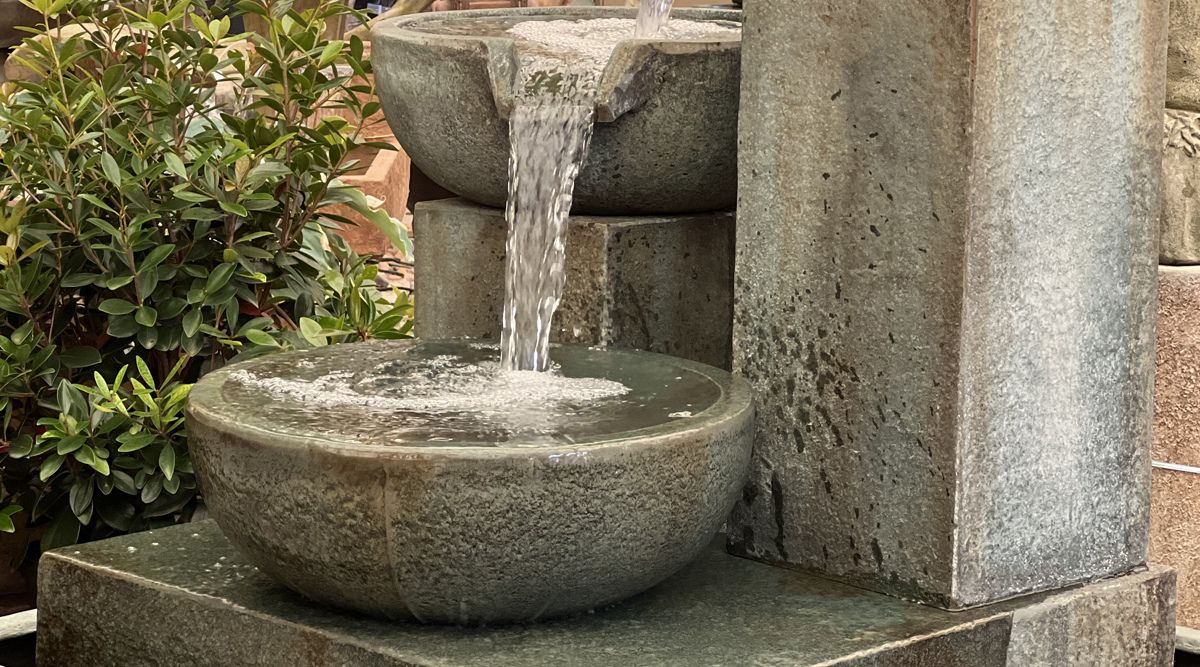
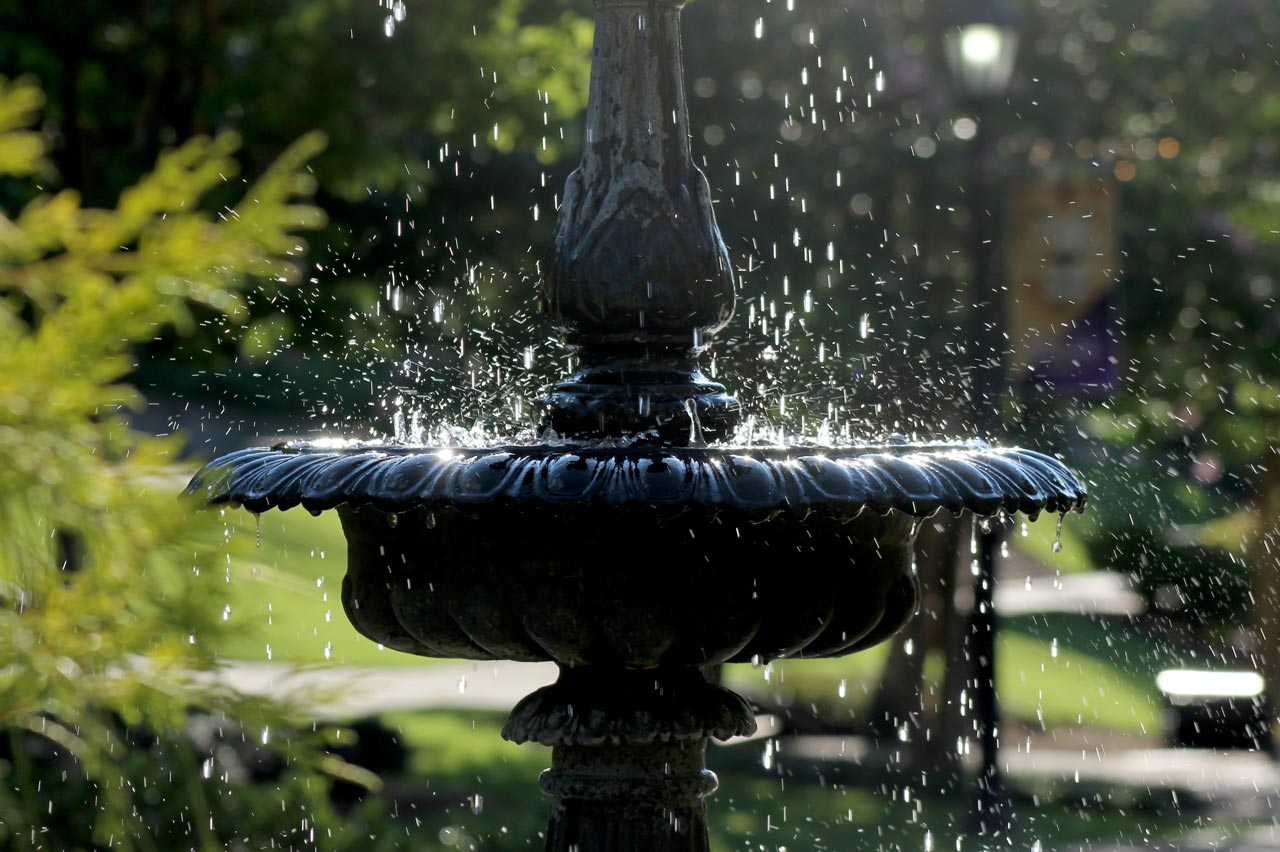
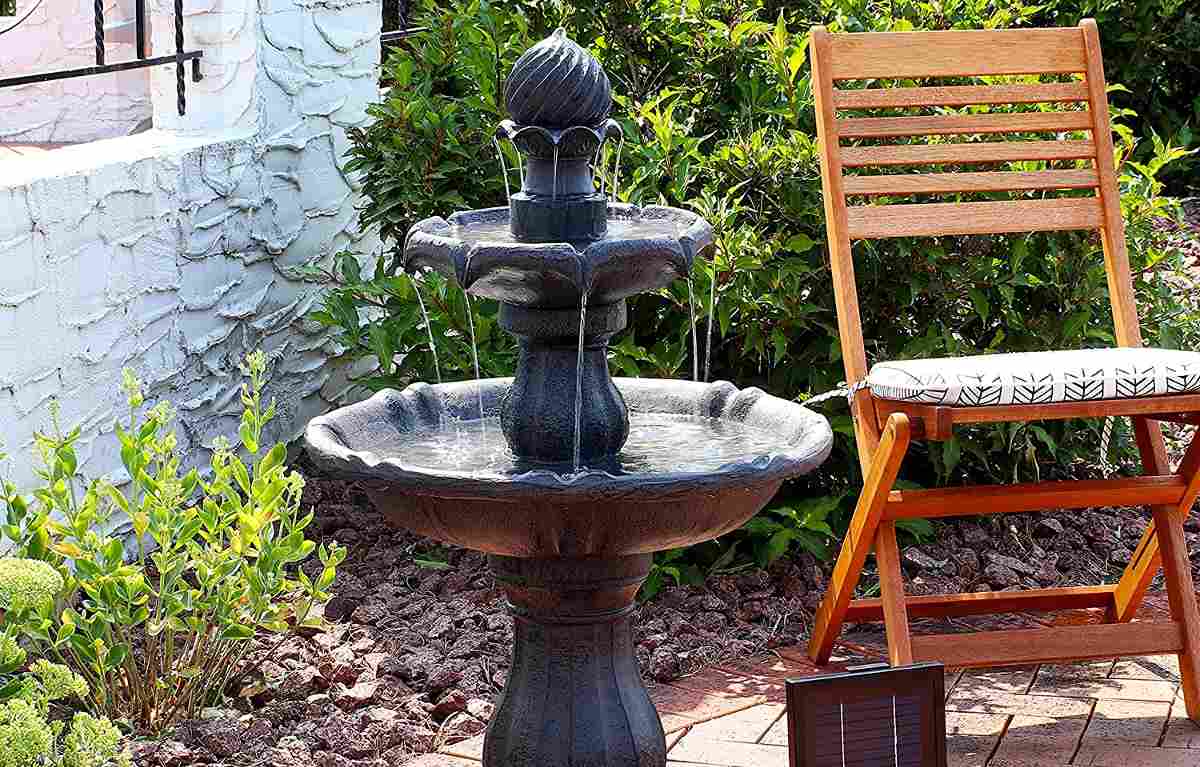


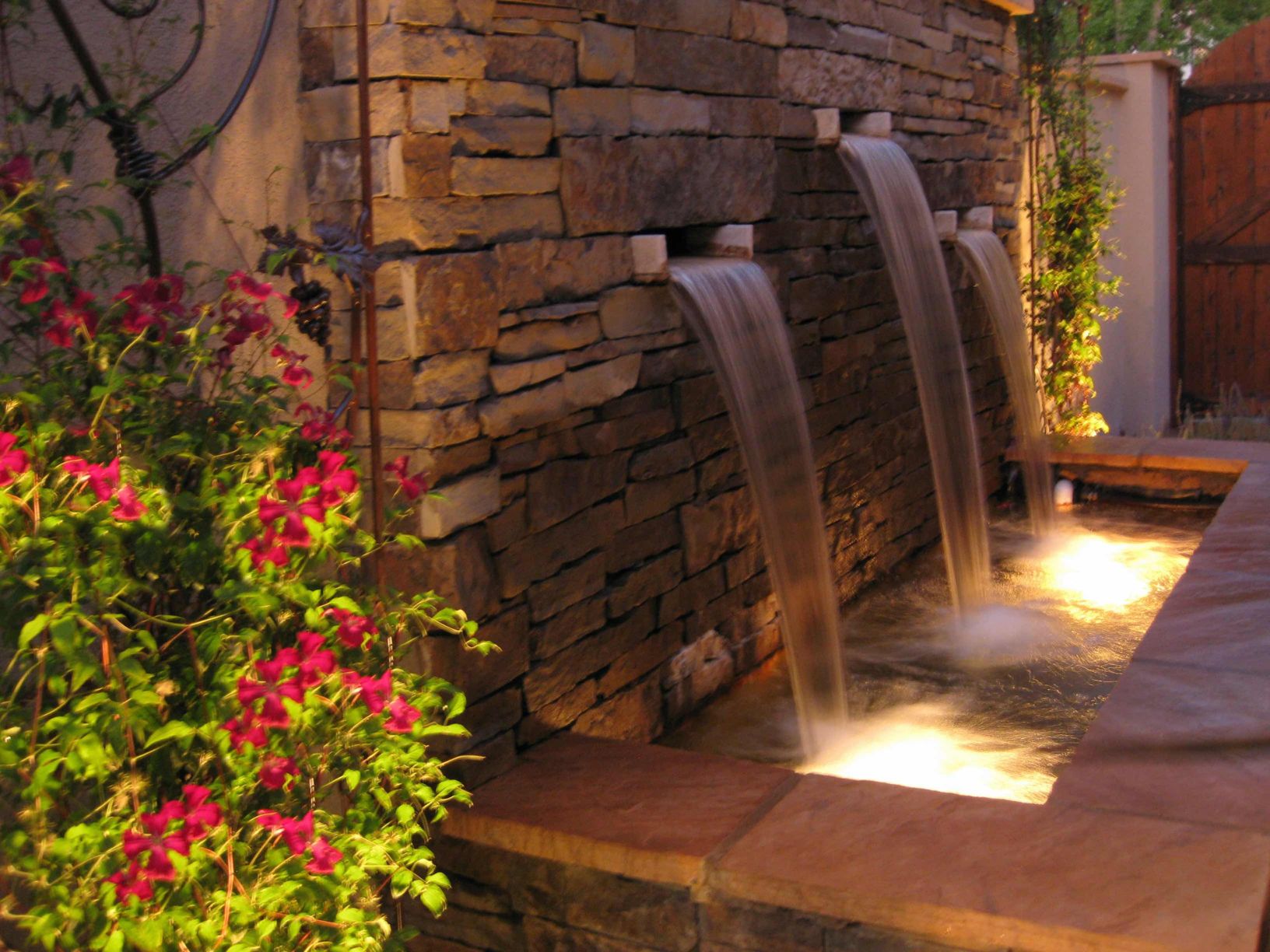
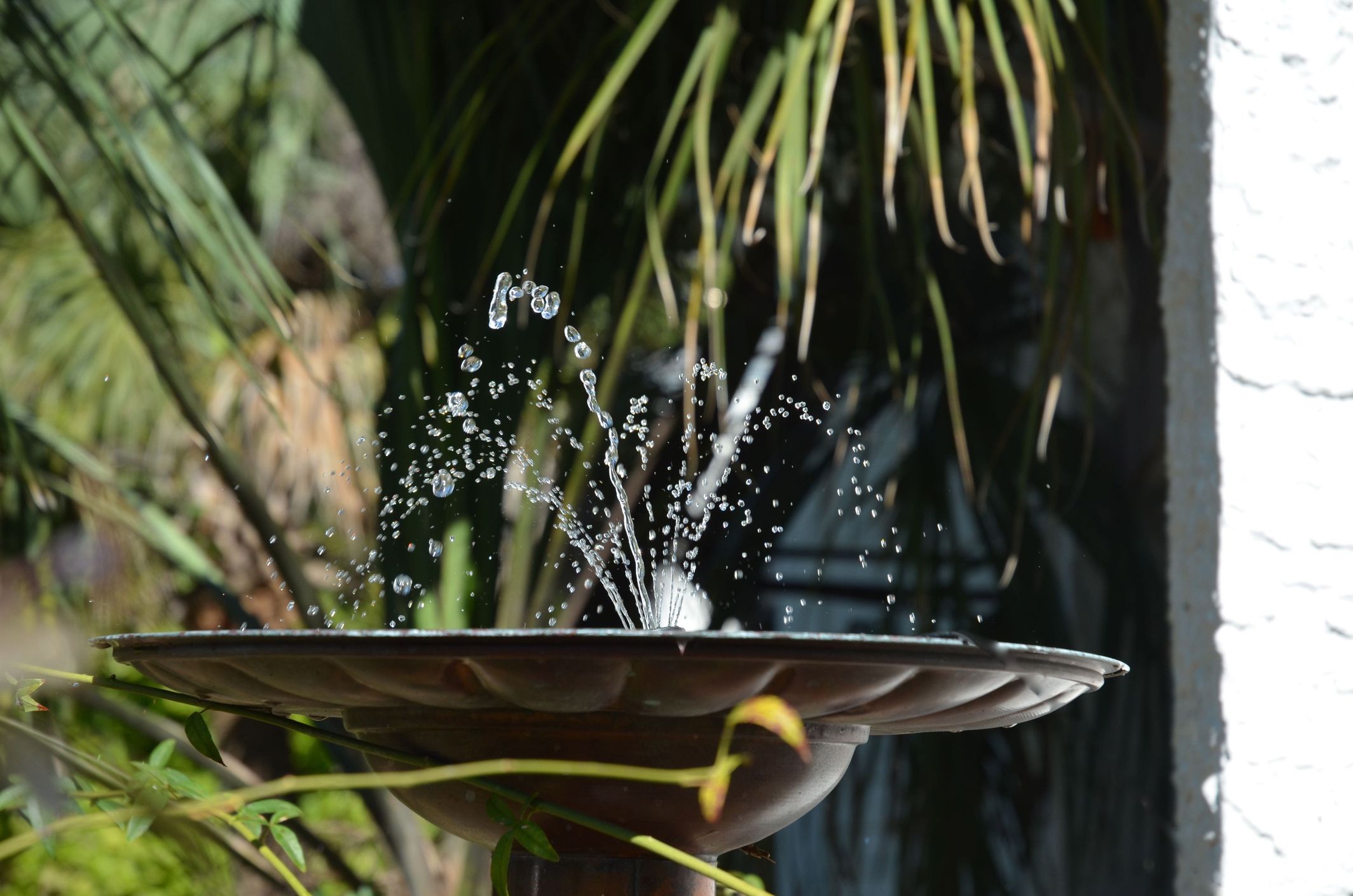
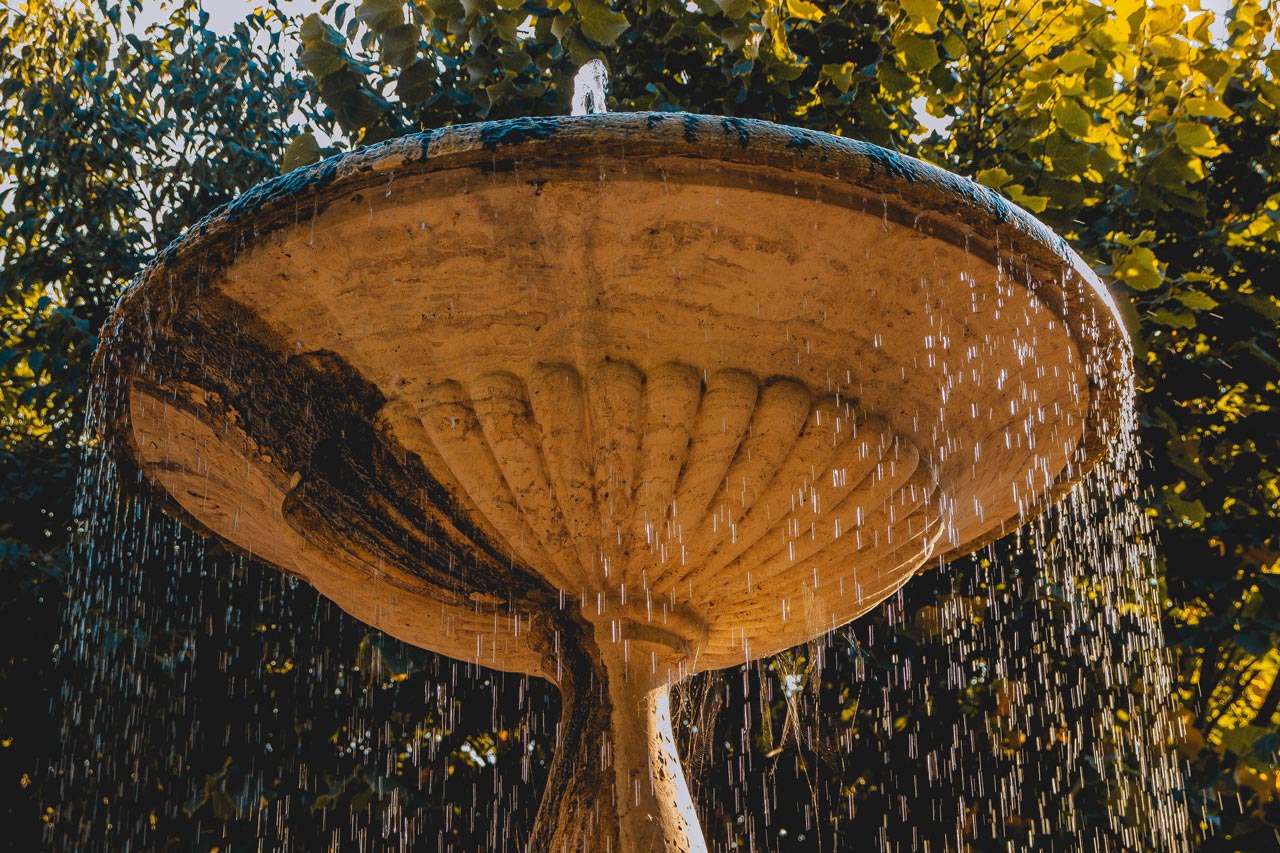
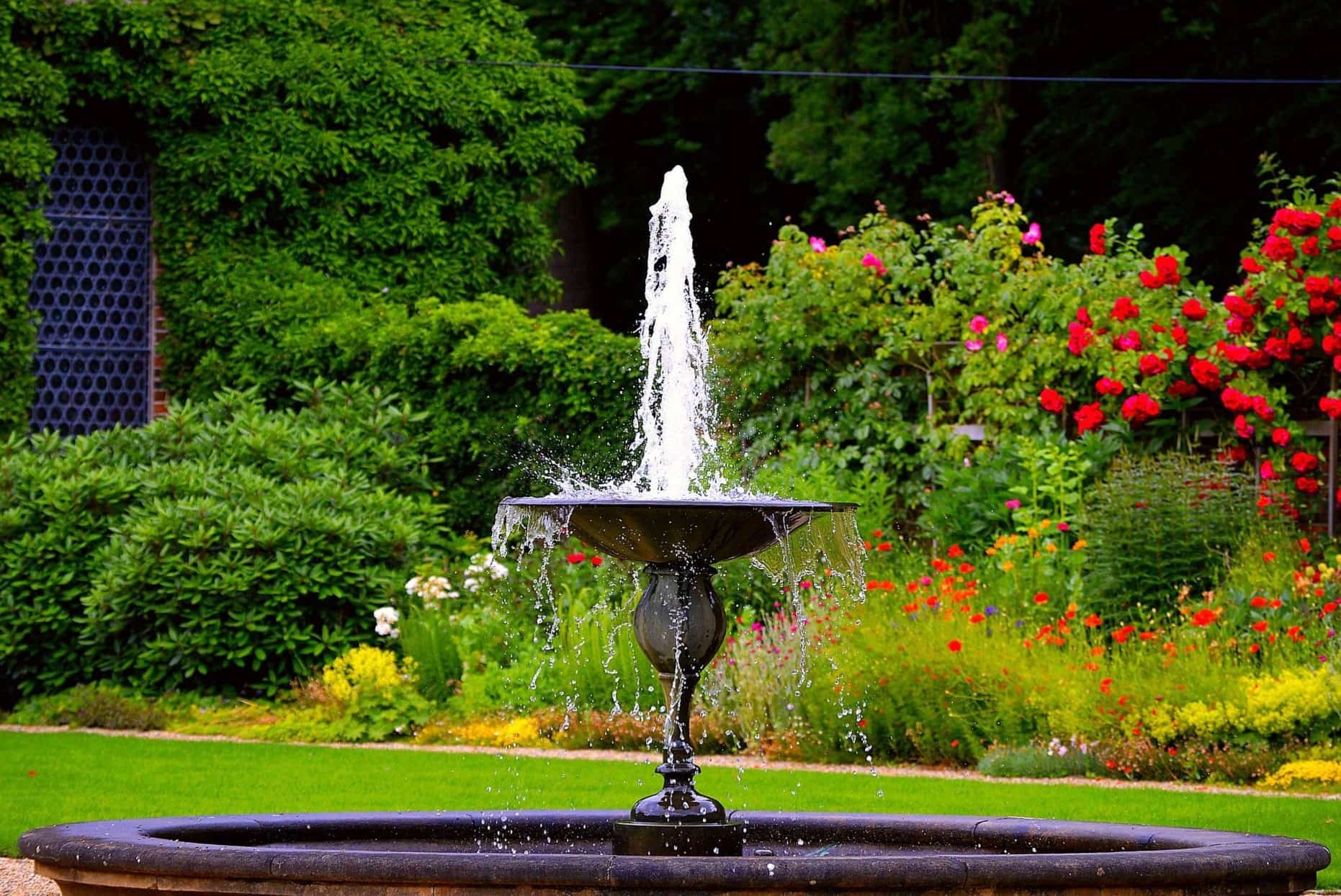
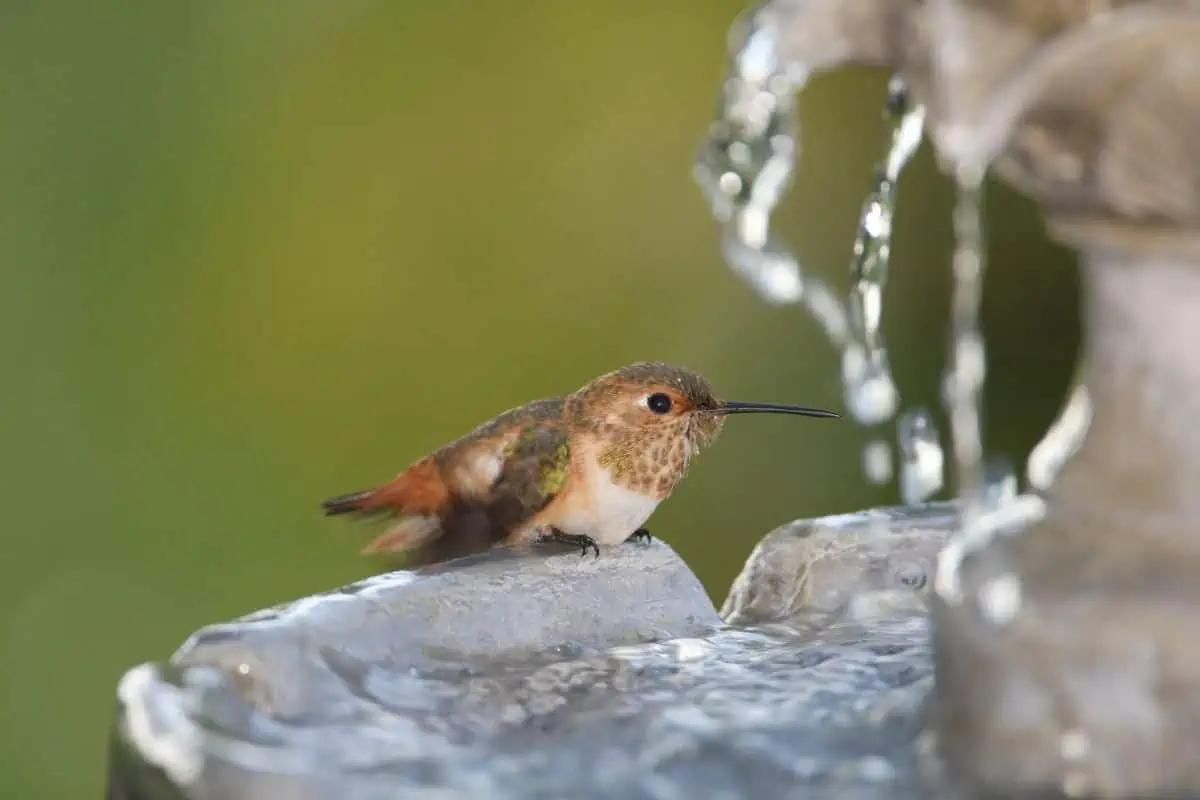
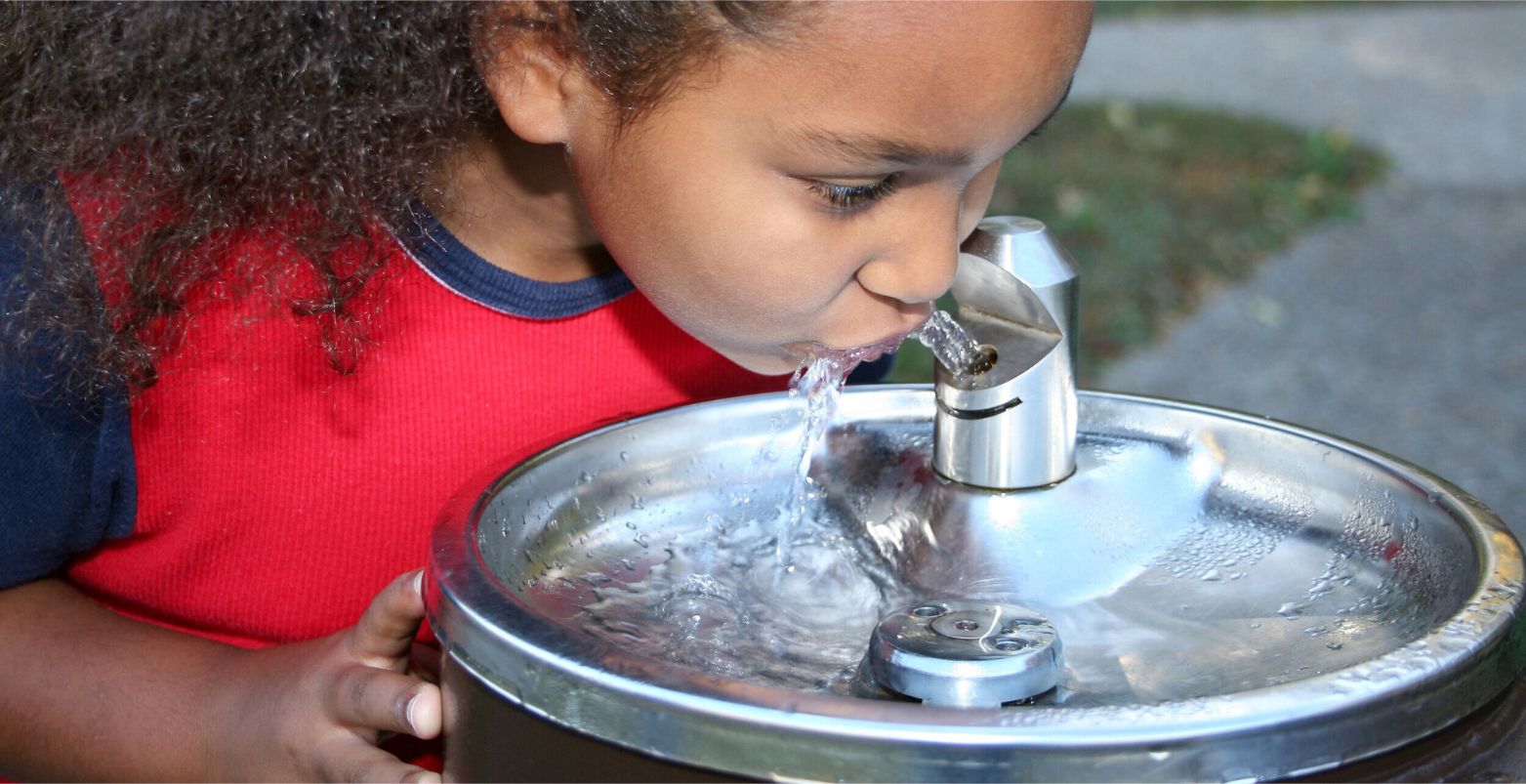
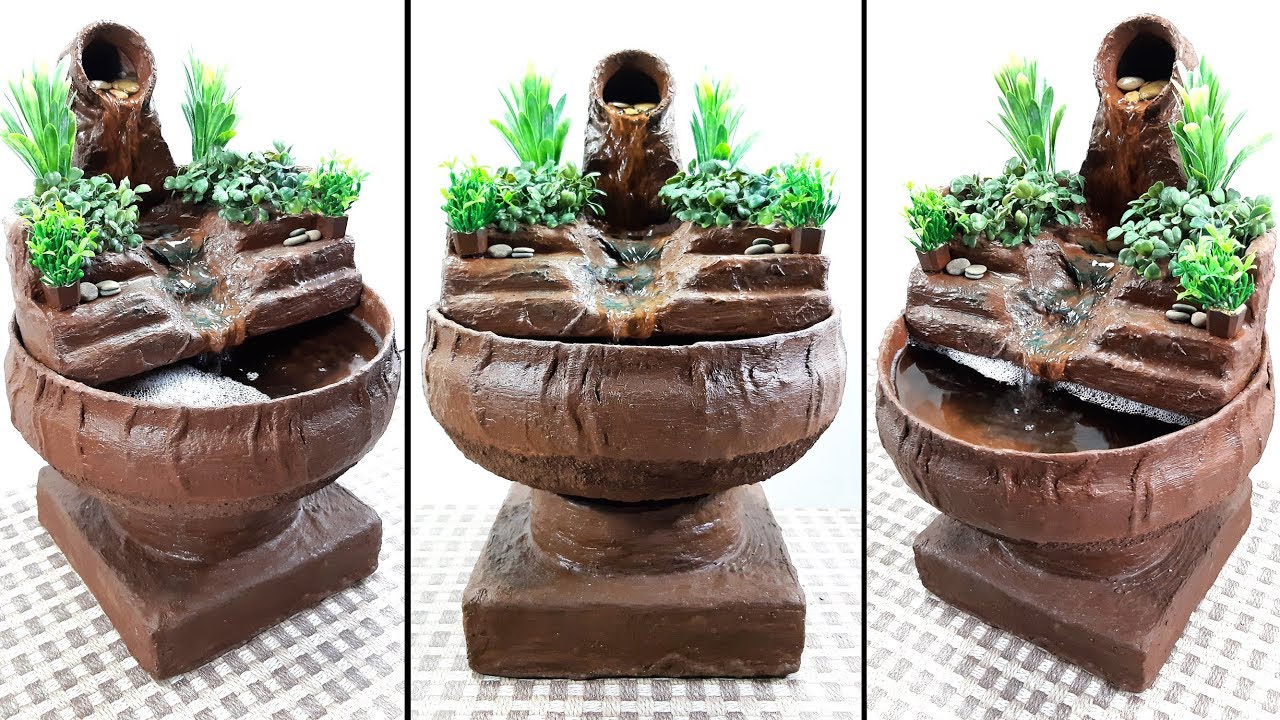

0 thoughts on “How To Prevent Slime In A Pet Water Fountain”